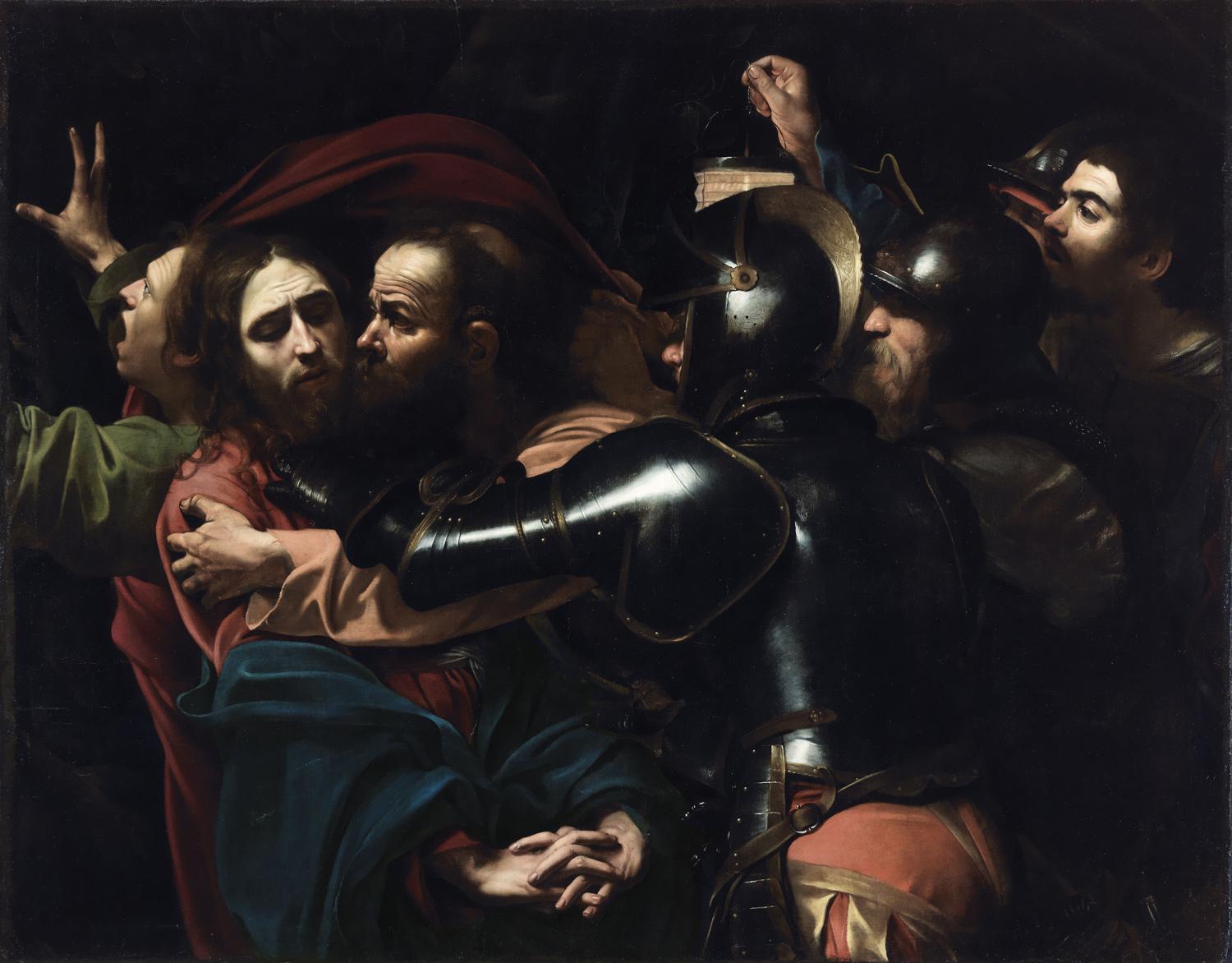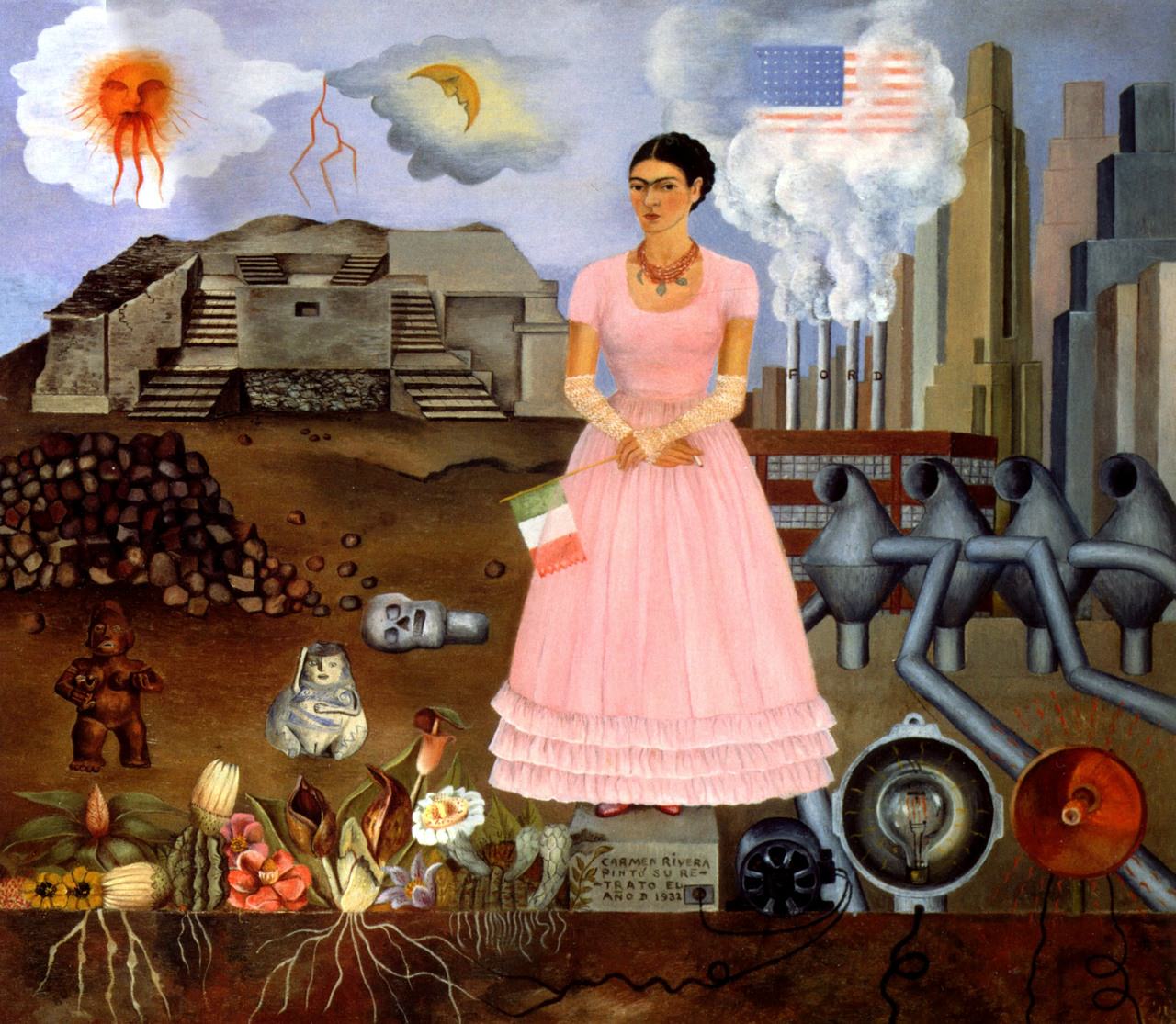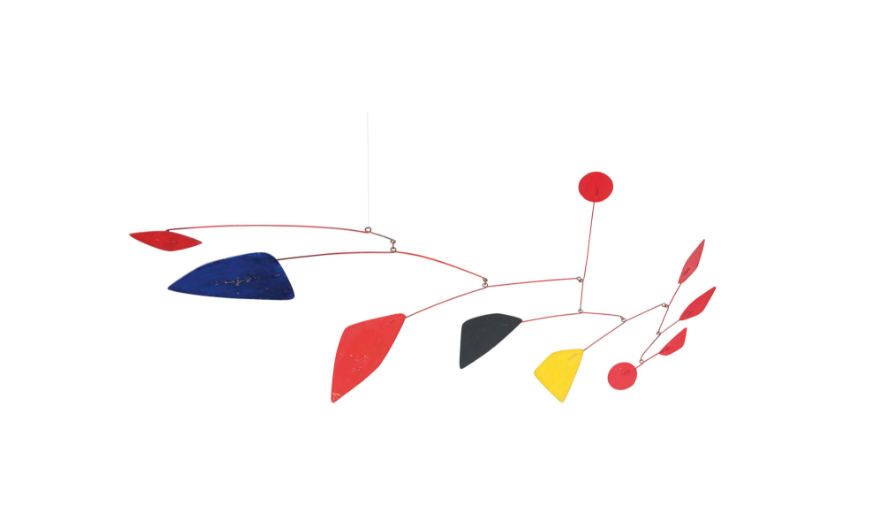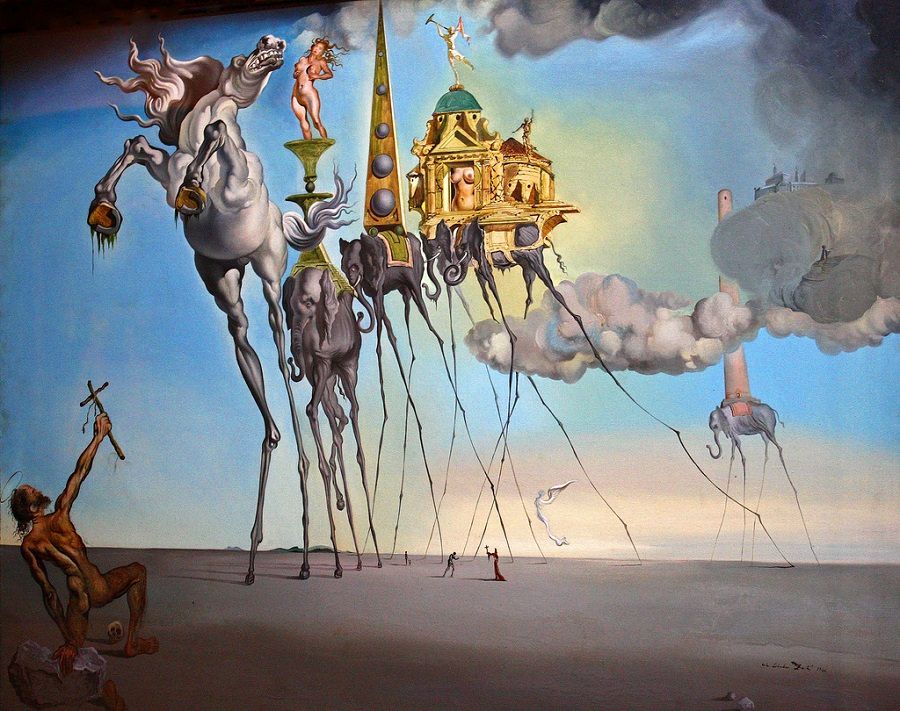What Great Art Can Teach Us about Brand Identity
You don’t have to be a Klimt connoisseur or a Degas devotee to see the value in great art. Here’s what the masters have to teach marketers about developing a vibrant brand identity.
Brand identity is the collection of elements that make a brand instantly identifiable to consumers. Building and maintaining a compelling, consistent brand identity allows a business to convey its unique message to the world via carefully curated visual and verbal elements. But how can a business hone in on the essential message that it hopes its branding will convey — and construct a flourishing brand identity that successfully executes this communication?
As a real brand journalist and a fake art connoisseur, I’ve picked up on something interesting: great visual art can inform brands on the impact of thorough research, consistent messaging, purposeful design, and brave creativity. Here are five celebrated artists whose masterful work exemplifies the most critical components of an energetic and effective brand identity:
1. Caravaggio: Do Your Research

Characterized by high contrast, deep hues, and great drama in its subject matter, the baroque style of painting took Europe by storm in the 17th century. Though the groundwork for the baroque movement was laid by Tintoretto, El Greco, and Albrecht Dürer, Italian painter Michelangelo Merisi da Caravaggio is largely credited with the movement’s invention.
While many artists of the day were mastering chiaroscuro, or the use of light and shadow to define three-dimensional objects, Caravaggio was pushing the technique to its limits with tenebrism — a technique of leveraging illumination and shadow to create extreme contrast in which darkness may dominate the visual field. To achieve such realism and tension in his work, Caravaggio committed himself to the intensive study of light. According to National Gallery curator Letizia Treves, “Caravaggio didn’t bother with the academic study of drawing. He believed in the importance of looking at nature.”
Takeaway: In the same way that Caravaggio committed himself to the on-the-ground study of light to achieve his end goal, brands should pursue intensive market research in order to understand their target audience. If you have the opportunity, do not rely on previous research conducted by other firms, but seek out new data about your target markets to obtain the most accurate and up-to-date information.
Some of the best ways to conduct this research is through phone calls and open surveys. These modes can help you pinpoint the customer personas that your brand will cater to. Only then can you begin to build a brand identity around your audience’s interests, habits, and desires.
2. Frida Kahlo: Master Your Message

Mexican artist Frida Kahlo is known for her gutting, honest self portraits and her surrealist, folk style of painting. The above work, Self-portrait on the Borderline Between Mexico and the United States, completed in 1932, parses personal and collective identity, politics, and mythology at the tense intersection between Mexican and American cultures. Throughout her brief but prolific career, she continuously explored these ideas. It is precisely the mastery of her personal message — through the radical exploration of cultural and philosophical themes — that has made Kahlo’s work enduringly relevant and has rendered the artist herself a symbol of progressive feminism and anti-colonialism.
Takeaway: In the same vein, brands must master the message at the heart of their mission. An effective brand strategy is built upon the central tenets of a brand’s beliefs. For example, Airbnb designed its brand identity around an ethos of trust and community, exemplified in the home-sharing platform’s simplistic logo — which it dubbed the Bélo, short for “belonging.”

When the brand launched its new logo (the rightmost icon in the above image), it released a video explaining the message behind the symbol. “The Bélo represents all of us, and it stands for four things: people, places, love, Airbnb.”
3. Alexander Calder: Establish Consistency
Though Pennsylvania-born Alexander Calder had always been inclined toward art, he pursued a degree in mechanical engineering and worked a number of jobs — from hydraulic engineering to timekeeping — before pursuing art full-time. He eventually moved to Paris and befriended a number of artists at the forefront the blossoming avant-garde movement of the early 20th century, including Marcel Duchamp and Fernand Léger.

Calder’s background in engineering and his involvement in the French avant-garde likely influenced his novel approach to art. Though he produced art across media — including paintings, prints, tapestries, and jewelry — Calder’s signature mode became a new medium: what Duchamp dubbed “mobiles” (a French pun meaning both “motion” and “motive”), which Calder fashioned out of sheet metal, glass, and wire to create abstract and experiential kinetic art. The two-dimensional geometric shapes used in his paintings and mobiles became symbolic of his work — as did his color palette, which consisted almost exclusively of blacks, whites, and primary colors.
Takeaway: The consistency of shape and color in Calder’s art mirror one of the major pillars of branding: uniformity. Build a comprehensive brand identity that complements the message that your business is trying to convey. Use the same set of fonts, colors, and design elements across email campaigns, social media profiles, and landing pages. Even if your brand’s visual logo or slogan evolves, retaining a uniformity of tone helps consumers recognize the key elements of your brand’s mission and value proposition.
4. Salvador Dali: Build a Likeable Personality

Spanish artist Salvador Dalí, whose technical skill have been likened to great Renaissance painters and whose dreamlike, uncanny paintings were heavily influenced by the Dada movement of post-WWI, is the father of a number of surreal tours de force, including The Persistence of Memory and The Temptation of Saint Anthony (pictured above).
Dalí’s sensual and irreverent artistic sensibilities convey at once a playfulness and a sense of profound mystery and intrigue. They reflect a vibrant personality behind the art. Indeed, the artist was known, from his time at the Real Academia de Bellas Artes de San Fernando onwards, as an eccentric, flamboyant, Dorian Gray-esque character.

He famously traveled with a pet ocelot, claimed that he did not believe in his own death, and engaged in absurd behaviors (such as tricking restaurants out of paying for large bills). Though arguably narcissistic and even rude, it was both his great mastery of surrealist painting and his charismatic eccentrism that won over the hearts of many.
Takeaway: While brands should probably avoid narcissism and trickery as a general rule, there is something to be said for bold personality. Businesses who build a brand voice and brand image that convey personality — whether the core of that personality be humor, approachability, or expertise — are likely to convince their target markets that they possess the traits necessary to meet a given demand (and charm them along the way).
5. Pablo Picasso: Break the Mold

Pablo Picasso was academically trained in art from the age of seven, quickly becoming a disciplined realist by mimicking the styles and techniques of the masters. He demonstrated exceptional talent, able to enter advanced courses in his Barcelona-based art school earlier than was regularly allowed and receiving a number of awards for his work as a teenager.
After Picasso had mastered traditional techniques, he began exploring new styles and developing his own. Eventually, he turned to African art and primitivism, which likely propelled him toward that for which he is best known: the creation of cubism — a style of painting characterized by highly abstracted geometric forms, and used to depict subject matter including people and landscapes. It is precisely Picasso’s pioneering, creative spirit (he once said: “It took me four years to paint like Raphael, but a lifetime to paint like a child”) that made him revolutionary. By freeing himself of expectations and allowing himself to explore brazenly, he created something entirely new — which has since become a cornerstone of the art world.
Takeaway: This goes to say that — much like Picasso’s decision to veer away from realism in order to invent a new style of painting — once a business has successfully established its brand’s foundational identity, it is well positioned to take creative risks. Take Calvin Klein, for example, whose brand identity historically appealed to a clientele who identified with Americana style adverts featuring clean-cut, athletic men and thin blonde women à la Kate Moss. In early 2015, Calvin Klein, who had a successful and established brand identity, took a huge risk: they hired Justin Bieber — fully tattooed and dubbed Hollywood’s youngest celebrity playboy — as the face of their new underwear ad campaign.

CMO Melisa Goldie said: “Hiring Justin Bieber was the hardest decision I had to make.” Goldie was afraid of stirring the pot, of doing something “off-brand,” saying, “The line between his private and public existence is extremely blurred…” The risk, however, was worth the reward, and the #MyCalvins campaign has created a larger cultural splash than anticipated — with actors and Instagram models alike still sporting the trendy underwear with the signature hashtag (often without a multi-million dollar promotional deal). The creative move led to a reimagined brand identity for Calvin Klein in which they renamed the line simply “CK” — and it has generated massive commercial success.
As Oscar Wilde once put it, it seems that “Life imitates art far more than art imitates life.” While this sentiment may not be true in all cases, businesses can certainly learn a thing or two about establishing brand identity from some of the greats. By conducting thorough market research about target audiences, establishing visual and tonal consistency, polishing the message at the heart of your brand, and building a personality that appeals to consumers, you can strategically position your brand for lasting success.
Related Insights
We’re looking forward to working with you, too.
Start conquering the digital terrain today.





